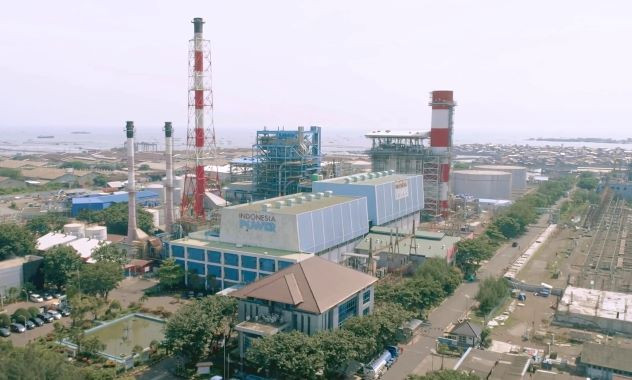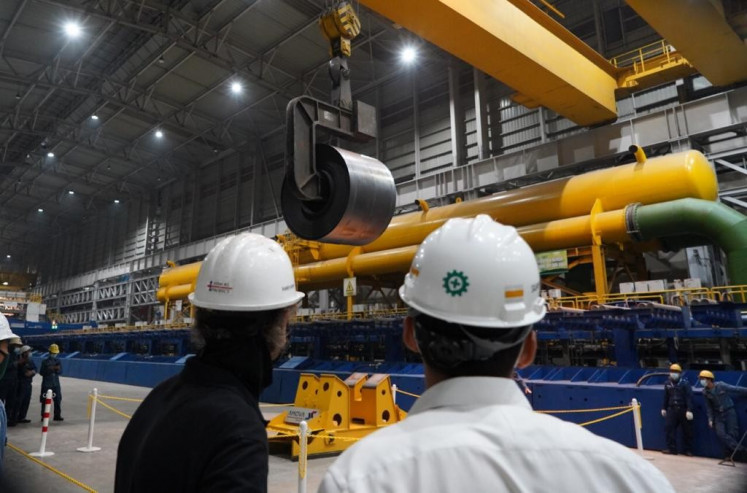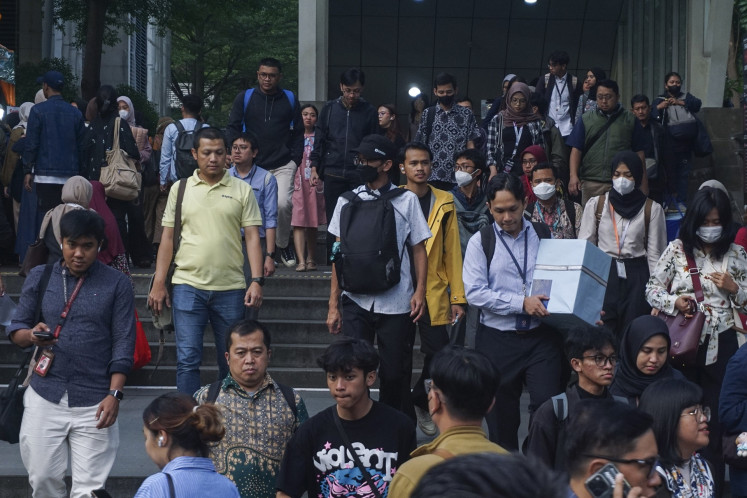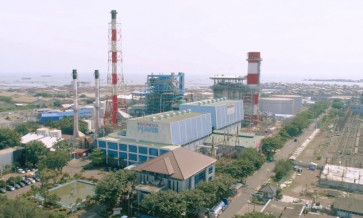Popular Reads
Top Results
Can't find what you're looking for?
View all search resultsPopular Reads
Top Results
Can't find what you're looking for?
View all search resultsCarbon capture and storage needs a serious reality check
There have been numerous CCS projects initiated worldwide, yet after more than five decades, studies suggest that these ventures are more prone to failure than success.
Change text size
Gift Premium Articles
to Anyone
O
n Jan. 30 of this year, President Joko “Jokowi” Widodo signed a landmark decree that advances Carbon Capture and Storage (CCS) initiatives. Presidential Decree No. 14/2024 emphasizes Indonesia's commitment to bolstering global environmental sustainability by targeting carbon dioxide (CO2) emissions.
CCS involves capturing CO2 emissions from sources like power plants or industrial facilities, transporting it to storage sites and securely depositing it underground to prevent atmospheric release. However, CCS demands substantial upfront investment in infrastructure and technology, along with significant energy consumption for its operations.
To effectively fight climate change, energy for CCS must originate from clean sources such as renewables, nuclear or fossil-fired power plants equipped with CCS technology. The latter may utilize approximately 20-25 percent of their produced energy to power CCS equipment and double the levelized cost of energy (LCOE).
The scale of capital and energy required for CCS implementation is immense. According to the International Energy Agency (IEA), achieving a 1.5 degrees Celsius temperature increase limit solely through CCS solutions necessitates an annual investment of US$3.5 trillion until 2050 and an energy output equivalent to 26 peta-hours by 2050, surpassing global energy demand in 2022.
Historically, the first implementation of CCS dates back to the early 1970s, when CO2 captured from a gas processing facility in Texas, the United States was piped to a nearby oil field and injected to enhance oil recovery, known as carbon capture, utilization and storage (CCUS). Although CCUS isn't primarily intended as a climate solution due to its alignment with the oil and gas industry's interests, it boasts a clear business model.
The first commercial CO2 storage was the Sleipner CCS project in Norway in 1996. The catalyst for CCS in the Sleipner case was the Norwegian carbon tax on petroleum introduced in 1991, which otherwise would have subjected Statoil (now Equinor) to a hefty 1 million krone (US$93,483) /day in CO2 taxes. The natural gas extracted from the Sleipner West field contains up to 9 percent CO2, exceeding the maximum 2.5 percent permitted for export specifications and customer requirements. Until then, CCS had primarily been regarded as an economic rather than a climate change solution.
There have been numerous CCS projects initiated worldwide, yet after more than five decades, a report by the Institute for Energy Economics and Financial Analysis (IEEFA) suggests that these ventures are more prone to failure than success. Around 73 percent of the CO2 they manage to capture annually is sold to fossil fuel companies and utilized to extract more oil.



















